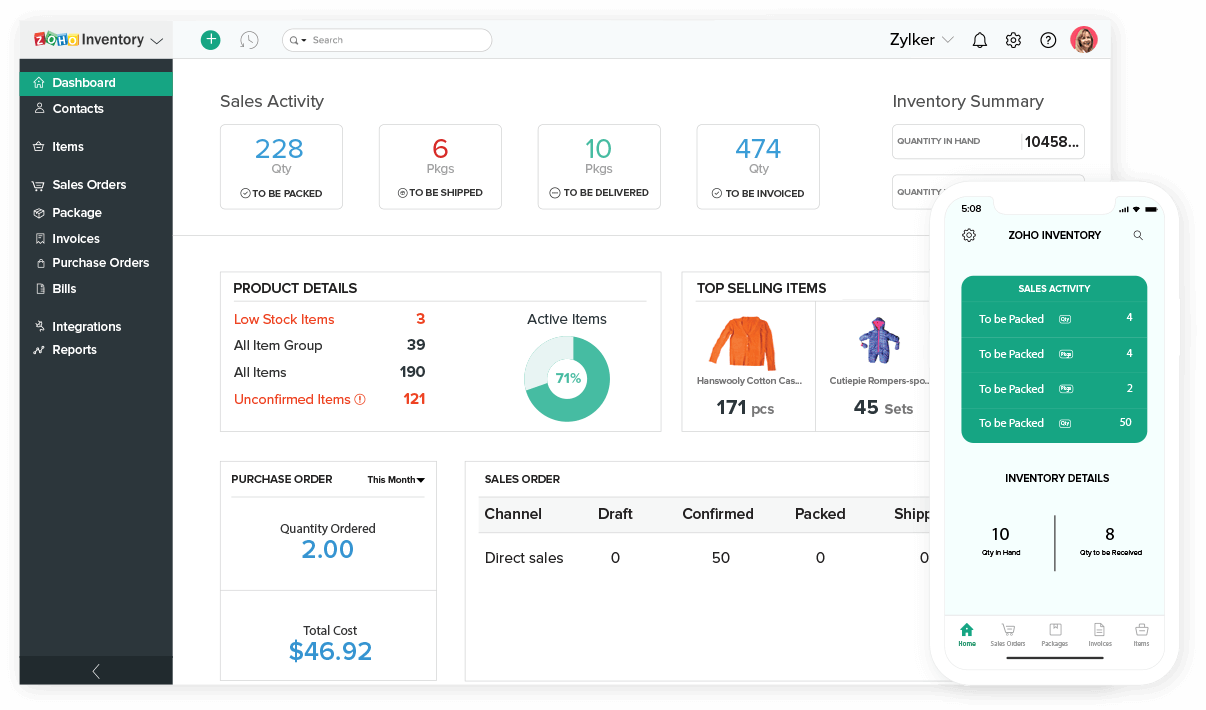Embark on a comprehensive exploration of the business inventory program, a cornerstone of efficient inventory management. This guide will delve into its purpose, key components, and various types, equipping you with the knowledge to optimize your inventory operations.
As we navigate the intricacies of inventory management, we will uncover the advantages and disadvantages of different inventory programs, guiding you towards the most suitable solution for your business. We will also explore best practices for inventory tracking and management, emphasizing the significance of inventory accuracy.
Business Inventory Program Overview

A business inventory program is a software application that helps businesses track their inventory levels. This can be a valuable tool for businesses of all sizes, as it can help them to improve their efficiency and profitability. There are many different business inventory programs available, so it is important to choose one that is right for your business.
The key components of a business inventory program include:
- A database of all the items in your inventory
- A system for tracking the quantity of each item in stock
- A system for tracking the cost of each item in stock
- A system for generating reports on your inventory levels
Business inventory programs can provide a number of benefits, including:
- Improved accuracy of inventory levels
- Reduced costs of inventory management
- Increased efficiency of inventory management
- Improved customer service
Types of Business Inventory Programs
Managing inventory is a crucial aspect of any business, and choosing the right inventory program can significantly impact efficiency and profitability. There are various types of business inventory programs available, each with its advantages and disadvantages. Let’s explore the key types and their respective pros and cons:
Perpetual Inventory Systems, Business inventory program
- Real-time tracking: Updates inventory levels after each transaction, providing an accurate picture of available stock.
- Reduced shrinkage: Minimizes inventory loss due to theft or damage by tracking every item.
- Increased efficiency: Automates inventory management tasks, freeing up time for other business operations.
- Can be complex: Requires regular updates and maintenance to ensure accuracy.
- More expensive: May involve additional hardware and software costs.
Periodic Inventory Sysefficiency: Optimized inventory processes streamline operations, reducing time and resources spent on inventory management.
Technology for Business Inventory Programs

Technology plays a pivotal role in modern business inventory programs, revolutionizing inventory management practices. It automates tasks, improves accuracy, and provides real-time visibility into inventory levels, empowering businesses to optimize their operations.
Inventory management software is a key component of technology-driven inventory programs. These software solutions offer a wide range of functionalities, including inventory tracking, forecasting, replenishment management, and reporting.
Types of Inventory Management Software
- Cloud-based software: Hosted on remote servers, accessible from anywhere with an internet connection, providing scalability and flexibility.
- On-premises software: Installed on local servers within the business, offering greater control and customization.
- Open-source software: Freely available, customizable, and supported by a community of developers, providing cost savings.
- Proprietary software: Developed and licensed by a single vendor, offering specialized features and support.
Case Studies and Examples
Real-world success stories can provide valuable insights into the effectiveness of business inventory programs. Here are some notable case studies and the lessons learned from them:
Amazon
Amazon’s inventory management system is renowned for its efficiency and scale. Key lessons learned include:
- Centralized data: Amazon maintains a single, real-time inventory database across all its warehouses and distribution centers.
- Predictive analytics: Amazon uses advanced algorithms to forecast demand and optimize inventory levels, reducing waste and improving customer satisfaction.
- Flexible supply chain: Amazon’s network of warehouses and distribution centers allows for rapid order fulfillment and inventory replenishment.
Toyota
Toyota’s “Just-in-Time” inventory system revolutionized manufacturing. Lessons learned:
- Minimize inventory: Toyota’s system aims to reduce inventory levels to the bare minimum, eliminating waste and freeing up cash flow.
- Strong supplier relationships: Toyota collaborates closely with suppliers to ensure timely delivery of components, reducing production delays.
- Continuous improvement: Toyota’s “Kaizen” philosophy encourages ongoing optimization of inventory management processes.
End of Discussion

In conclusion, a well-implemented business inventory program empowers businesses to streamline their inventory management, optimize stock levels, and maximize profitability. By embracing the strategies and technologies discussed in this guide, you can effectively manage your inventory, gain a competitive edge, and drive business success.
Key Questions Answered: Business Inventory Program
What is the purpose of a business inventory program?
A business inventory program helps businesses track and manage their inventory, ensuring optimal stock levels, reducing waste, and improving efficiency.
What are the key components of a business inventory program?
Key components include inventory tracking, inventory management, inventory optimization, and reporting.
How can I implement a business inventory program?
Follow a step-by-step guide that includes defining inventory goals, choosing the right software, and training staff.